When we think about complex social lives, we often imagine humans navigating relationships, group dynamics, and social etiquette.
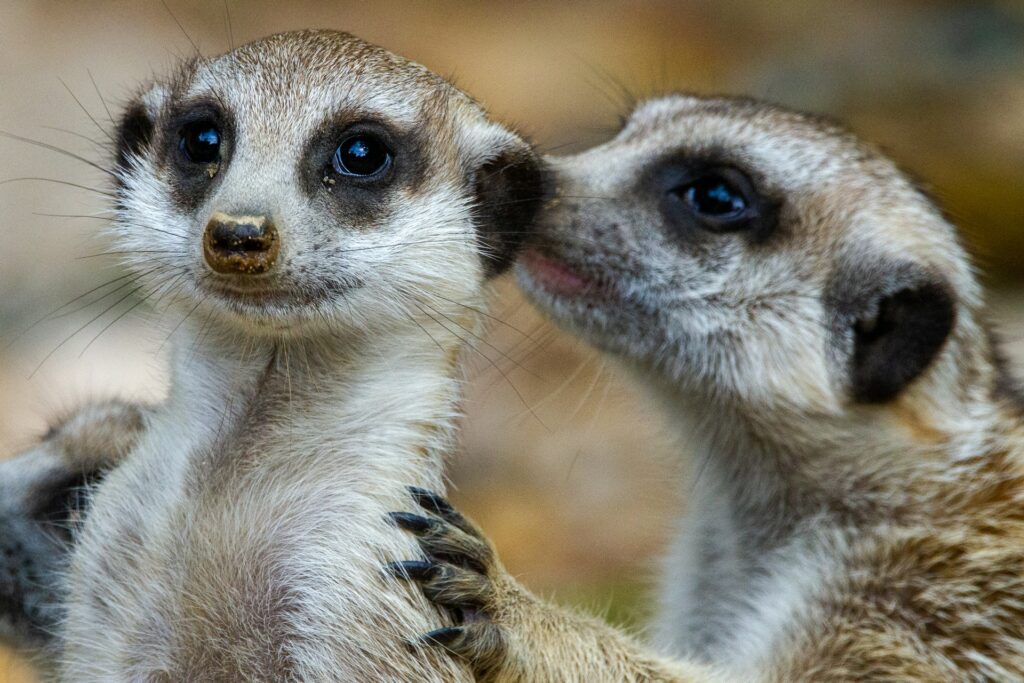
However, the animal kingdom is full of creatures with social systems that are just as intricate (and sometimes even more structured!) than our own. From lifelong friendships and cooperative hunting to elaborate communication and conflict resolution, some animals have developed relationships that are impressively sophisticated.
Their social bonds often involve clear roles, emotional intelligence, community care, and even teaching the next generation. In many cases, their behaviours challenge long-standing assumptions about what it means to be intelligent or sentient. As scientists dig deeper into animal cognition, it’s becoming increasingly clear that we’ve only scratched the surface. These are just some of the animals whose social lives are more interesting and active than many humans.
1. Elephants

Elephants are known for their strong family bonds and remarkable emotional depth. They live in matriarchal herds, typically led by the oldest and most experienced female, who uses her memory and judgement to guide the group. These herds are often made up of mothers, daughters, aunts, and calves, with males leaving the group at adolescence.
Elephants communicate using vocalisations, touch, and even low-frequency rumbles that can travel long distances. They’re known to comfort one another, especially during times of stress or loss, and have been seen mourning deceased herd members by touching their bodies and remaining nearby for hours or even days. Some will return to the bones of relatives years later. Their capacity for empathy and community care is extraordinary.
2. Dolphins

Dolphins form complex social networks that go far beyond simple pods. In species like bottlenose dolphins, males often form coalitions to improve their chances of mating, and these alliances can last for decades. Within pods, dolphins maintain long-term friendships, work together to hunt, and protect weaker members.
They use individual whistles, akin to names, to identify and call each other, and their playful behaviours, such as surfing waves or passing objects, help strengthen social ties. Some researchers believe dolphins even teach each other new techniques and have culture-like behaviours passed through generations.
3. Wolves
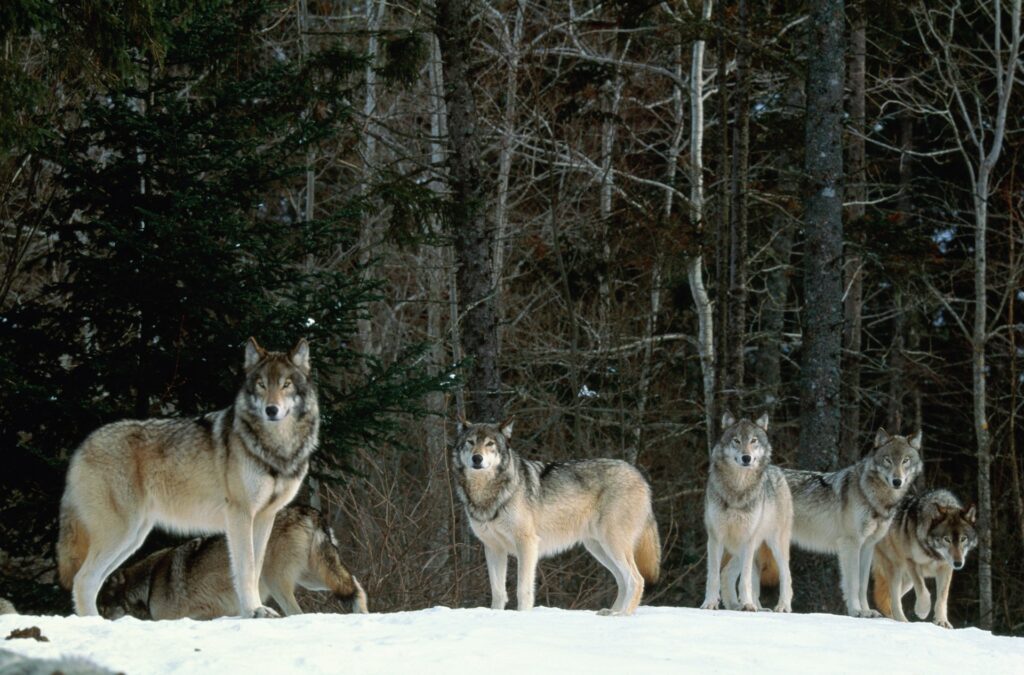
Wolves are iconic for their cooperative pack structure. Each pack is typically a family unit consisting of parents (the alpha male and female) and their offspring. They work together to hunt prey, raise young, and protect territory.
Communication is central to wolf social life, with howls, growls, and body posture used to coordinate movement, warn of danger, or reinforce bonds. Wolves exhibit loyalty and will often bring food back to pack members who are sick or injured. Pups are raised not just by their parents but by older siblings and other pack members.
4. Meerkats

These desert-dwelling mammals are masters of teamwork. Living in groups called mobs or clans, meerkats take on rotating roles such as sentry duty, childcare, and food searching. The sentry stands guard and emits specific alarm calls to warn of different types of predators—one for aerial threats like hawks, another for land predators.
Meerkats care for their young communally, with non-breeding adults assisting in feeding and babysitting. Their social lives are full of learning and teaching, with pups watching and imitating adult behaviour to survive.
5. Orcas
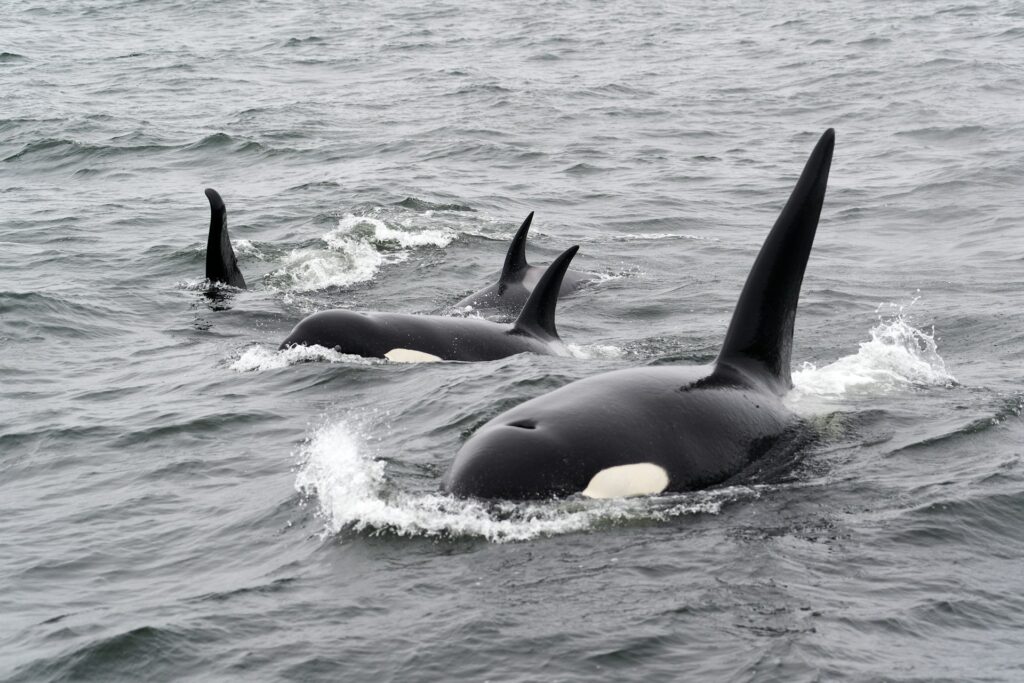
Orcas, or killer whales, live in tightly bonded matrilineal pods—groups centred around a mother and her descendants. These pods often stay together for life, and grandmothers play a critical role in guiding and supporting younger generations.
Orca communication is highly sophisticated. Each pod has its own dialect, and they use a variety of clicks, whistles, and pulsed calls to coordinate group activities. Pods also display cultural behaviours: some specialise in hunting seals using coordinated tactics, while others target fish. These traditions are passed down from older to younger members.
6. Chimpanzees
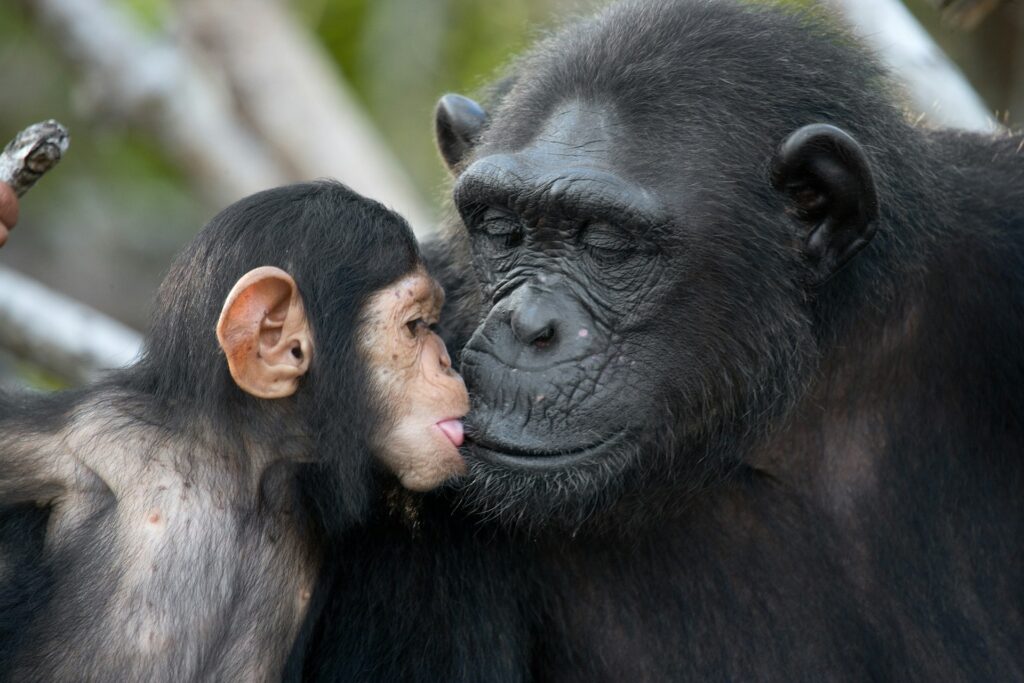
Chimpanzees live in communities where politics and hierarchy are everything. High-ranking males form alliances, not only through displays of strength but also by grooming, sharing food, and protecting allies. These relationships help maintain peace or decide dominance.
Grooming plays a central role in chimp social life. It’s not just about hygiene; it’s a way to build trust, resolve tension, and strengthen social bonds. Chimps also teach their young to use tools and pass on behaviours that vary between regions, a sign of cultural transmission.
7. Hyenas
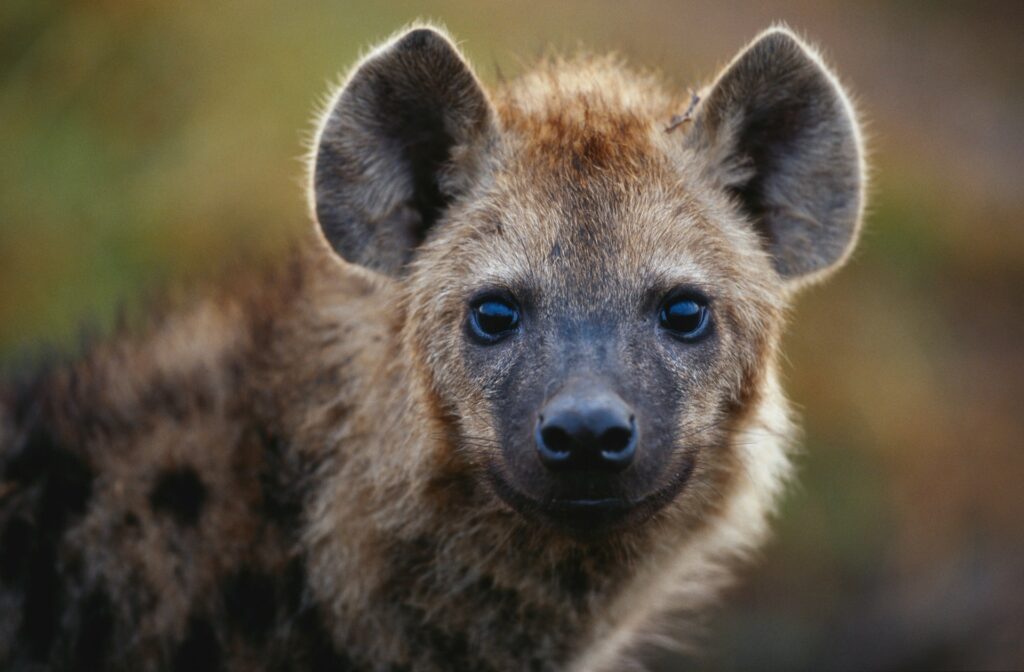
Spotted hyenas may be misunderstood, but they live in large, complex societies dominated by females. Rank is inherited, meaning a cub’s status is largely based on its mother’s. High-ranking individuals get better access to food and resources.
Hyenas communicate using a range of sounds—giggles, whoops, and groans—each with different meanings. They also hunt in coordinated groups and engage in cooperative rearing, where several females may look after each other’s cubs. Despite their ruthless image, their social lives are deeply cooperative.
8. Crows
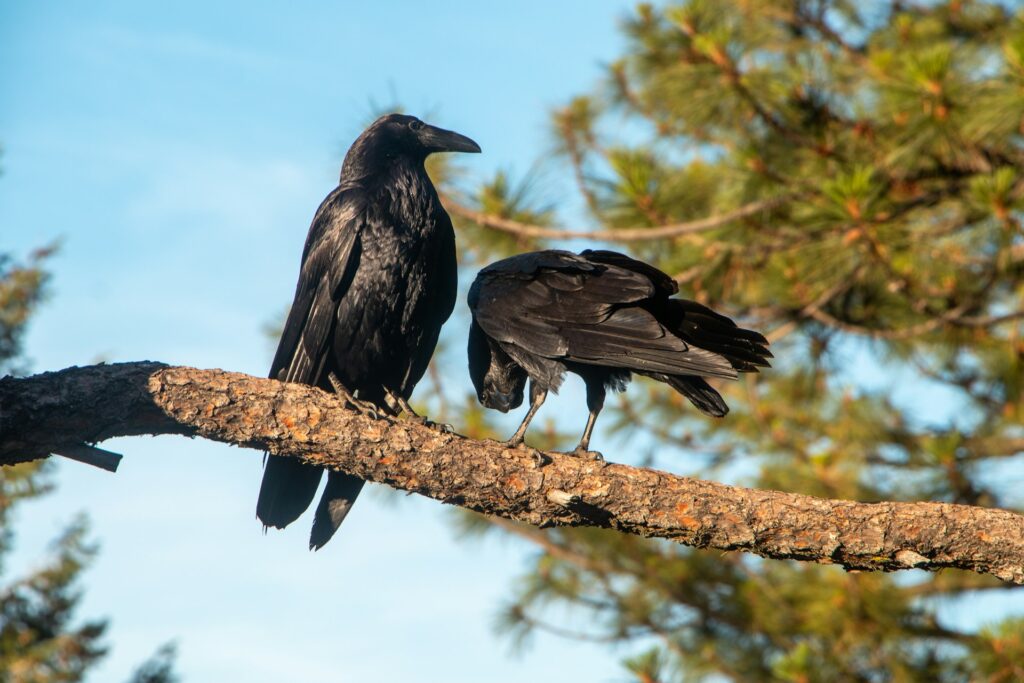
Members of the corvid family, crows are among the most intelligent birds in the world. They live in extended family units, often staying close to their parents for years. Young crows help care for siblings and assist in nest building.
Crows not only remember individual human faces, particularly those who threaten them, but they also teach others which humans to avoid. They’re tool users, problem solvers, and have been observed engaging in what looks like play and even funerary behaviour, gathering around their dead in silence.
9. Bonobos
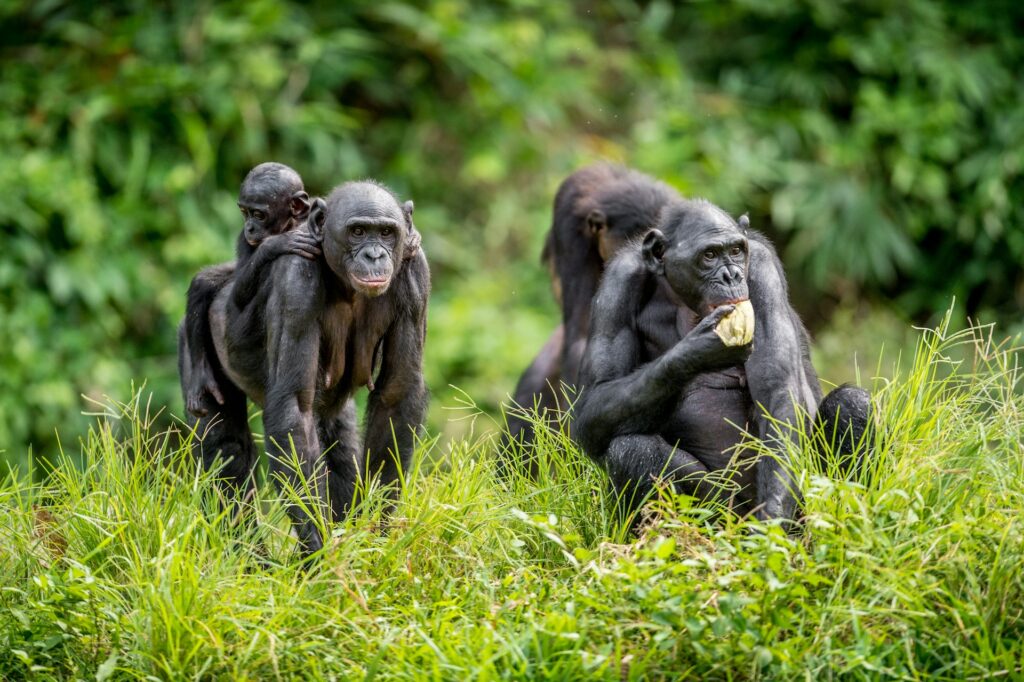
Bonobos are our lesser-known primate cousins, but their societies offer a compelling contrast to chimpanzees. Bonobo communities are female-led and known for their peaceful conflict resolution. Instead of aggression, bonobos use sexual behaviour to diffuse tension and reinforce bonds.
They are highly empathetic and often comfort distressed individuals through touch and vocalisations. They also cooperate in caring for young and food sharing. Their egalitarian societies challenge the assumption that dominance and aggression are necessary for group cohesion.
10. Ants
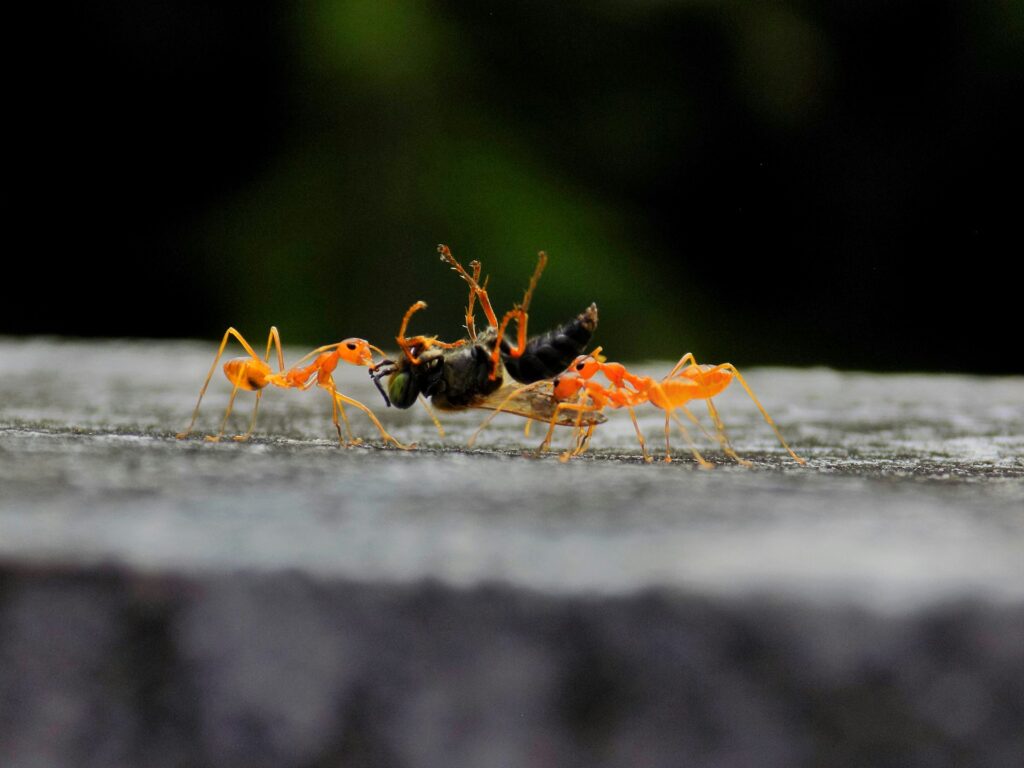
While ants don’t form emotional bonds like mammals do, their social organisation is staggering. Ant colonies function as a single organism, with roles divided among workers, soldiers, drones, and queens. Some species grow fungus, farm aphids, or conduct organised raids.
Ants communicate using chemicals called pheromones, creating scent trails that guide others to food or signal danger. They solve complex logistical problems and even have burial behaviours for their dead, suggesting a sophisticated sense of organisation.
11. Prairie dogs

Prairie dogs are known for their “towns”—vast underground colonies housing hundreds of individuals. These rodents have an elaborate communication system with different calls for predators, including specifics like type, size, and speed.
They greet each other with what looks like a kiss, which is a way to recognise kin and maintain social structure. Prairie dog societies also feature babysitting, grooming, and cooperation in building and maintaining their extensive burrows.
12. Parrots

Parrots, especially African grey parrots and macaws, are incredibly social and intelligent. They learn to mimic not just human speech, but also the calls of their flock. In the wild, parrots use these vocalisations to maintain bonds and signal danger.
Parrots live in flocks where social learning is crucial. They form strong pair bonds, help raise offspring, and engage in activities like preening and playing. Captive parrots that are socially isolated can become depressed or anxious, showing just how important social interaction is for them.
13. Baboons
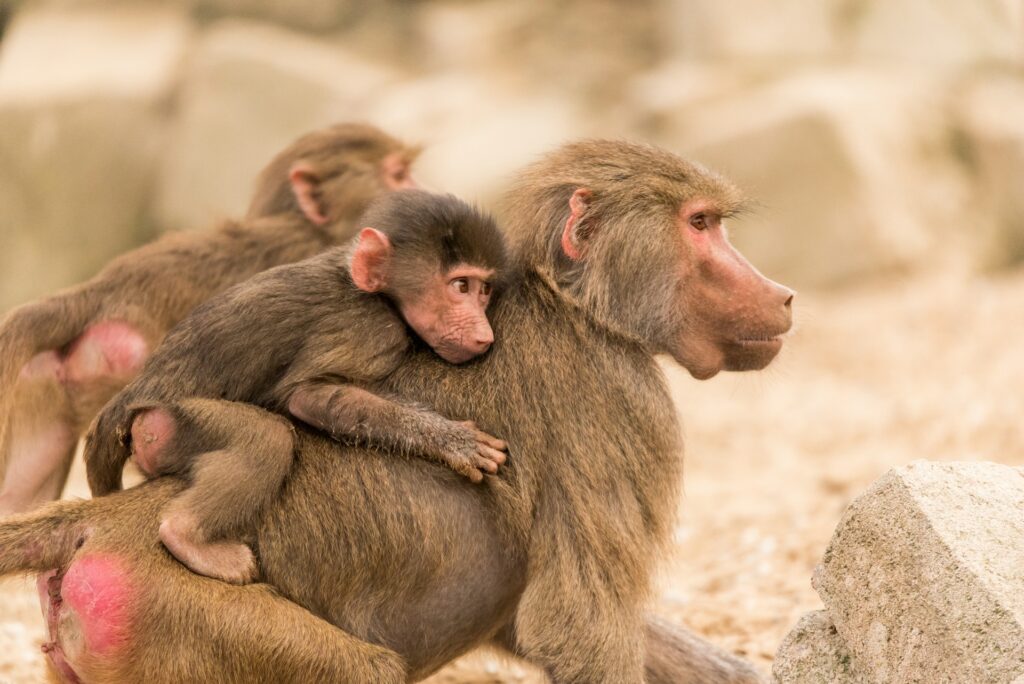
Baboons live in large troops with layered social structures. They maintain strong friendships, often groom each other to strengthen alliances, and form long-term relationships that influence everything from access to food to protection from threats.
Male baboons may form bonds with females and assist in caring for their young, even if they’re not the biological father. Troop dynamics are shaped by both kinship and social strategy, and their interactions can be strikingly human in their complexity.
These animals remind us that social complexity isn’t exclusive to humans.
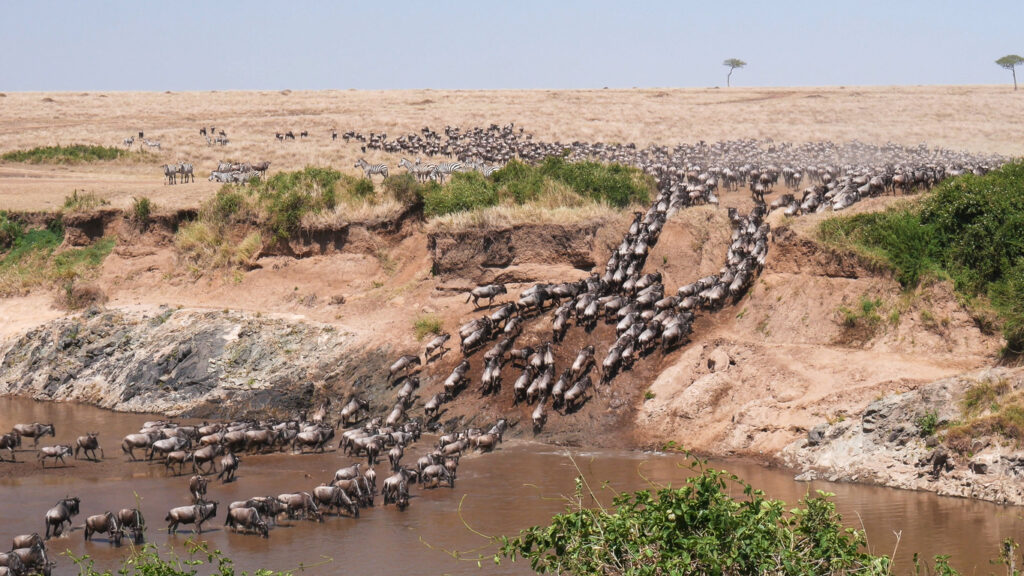
Many species rely on deep relationships, collaboration, memory, and emotional intelligence to survive and thrive in their environments. As we continue to study animal behaviour, we’re learning that intelligence takes many forms—and social brilliance may be one of the most underestimated.
Understanding the intricacies of animal societies not only deepens our appreciation for the natural world—it also challenges us to rethink what it means to be intelligent, compassionate, and connected.